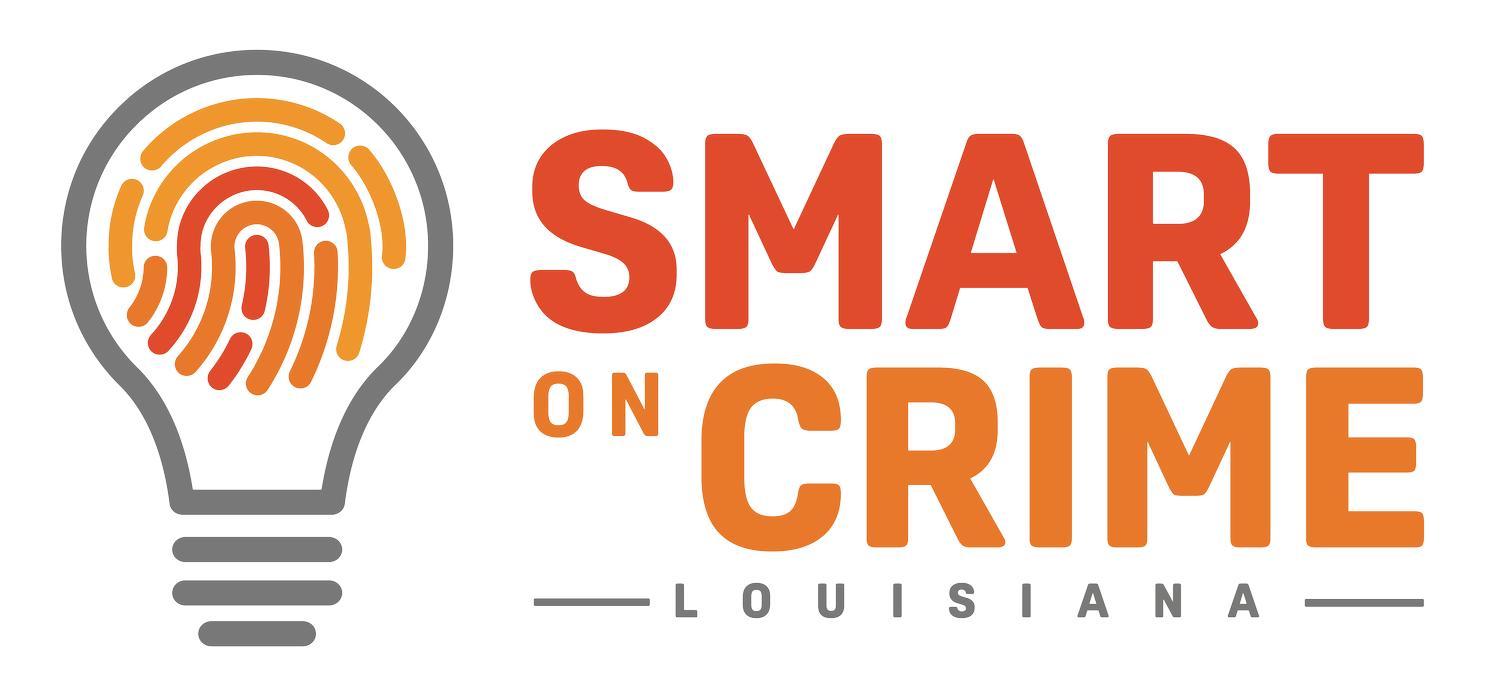Smart on Courts
Reentry courts and drug courts are forms of specialty courts that prioritize rehabilitation and reducing recidivism. As part of the judicial process, a defendant will agree to participate in programs aimed at rehabilitating offenders and preparing them for a return to the workforce and their communities. These programs guide the participant through incarceration or offer alternatives to incarceration, and ease their transition back into society. While these courts have existed around the country for decades, there is growing consensus as to their benefits. Robust data and court programs are delivering on their promises of rehabilitation and saved taxpayer dollars.
A 2025 study from Templeton University's College of Public Health provides current data on the impact of drug courts and other specialty courts. With 530 participants, the researchers compared the subsequent health and criminality of those who did and did not go through an alternative treatment court. The study was performed in Indiana, because of its thorough data collection practices; the state collects data from the health department, EMS services, and law enforcement to better understand the aftermath of its court system. The researchers’ findings are an endorsement of a more nuanced approach to justice, one that relies on evidence-based practices and a holistic understanding of criminality and drug use in particular.
● Participants were 83% less likely to die than those who did not engage in the program.
● They were 34% less likely to visit the emergency department for drug-related issues.
● They were 83% less likely to require EMS for a drug-related emergency.
● And perhaps most remarkably, participants were 93% less likely to be re-arrested.
These numbers alone indicate that specialty courts, like reentry and drug courts, are a strong pathway to second chances. Additionally, in Smart on Crime Louisiana’s latest report, the fiscal benefits of drug courts become evident. “…Drug courts deliver an average of $2.21 in direct benefits to the criminal justice system for every $1.00 invested. When focused on more serious, high-risk offenders, the return on investment increases significantly, averaging $3.36 for every $1.00 spent.” The savings from specialty courts are both immediate and long term. When non-violent offenders are offered alternatives to lengthy incarceration, less taxpayer dollars are funneled to housing more people in an already-crowded prison system. Long term, reduced recidivism saves legal fees, prison time, and other resources that go into monitoring and incarcerating a repeat offender.
Louisiana has both drug and reentry courts in place. However, the current system is far from robust. Louisiana State University’s Law Journal for Social Justice and Policy reported in 2023, “There are 21 parishes without an adult drug court program. Among these are Jefferson Davis Parish, which has a drug overdose death rate of 22.5, and Evangeline Parish, which has a drug overdose death rate of 18.9.” To put this data in a national context, Louisiana is far behind many of its counterparts when it comes to establishing drug courts throughout its judicial districts. 100% of Tennessee, Florida, and Alabama’s districts have both reentry and drug courts. In Mississippi, 81.8% of districts have drug courts and 54.5% have reentry courts. In Texas, 75.5% drug courts and 59.2% reentry courts. In contrast, only 47.6% of Louisiana's judicial districts have drug courts and 19% have reentry courts.
The mounting evidence behind the efficacy of specialty courts cannot be ignored. In Louisiana, a state where both the legal system and prison system are frequently overwhelmed (often by recidivism), a dedicated strengthening of drug and reentry courts could mark a turning point. The state can begin this process by standardizing criteria for drug and reentry court participation, ensuring that every judicial district has the resources to implement such programs, and creating data collection methods to guarantee transparency and improvement when needed. The example of Indiana from the Templeton study serves as a beacon of the combined power of data and smart policy. Because the state had protocols in place for data reporting, even after individuals had been released, it was better able to measure and build upon its success.
Following the numbers and investing in strong pathways to second chances is the morally and fiscally responsible course of action.
